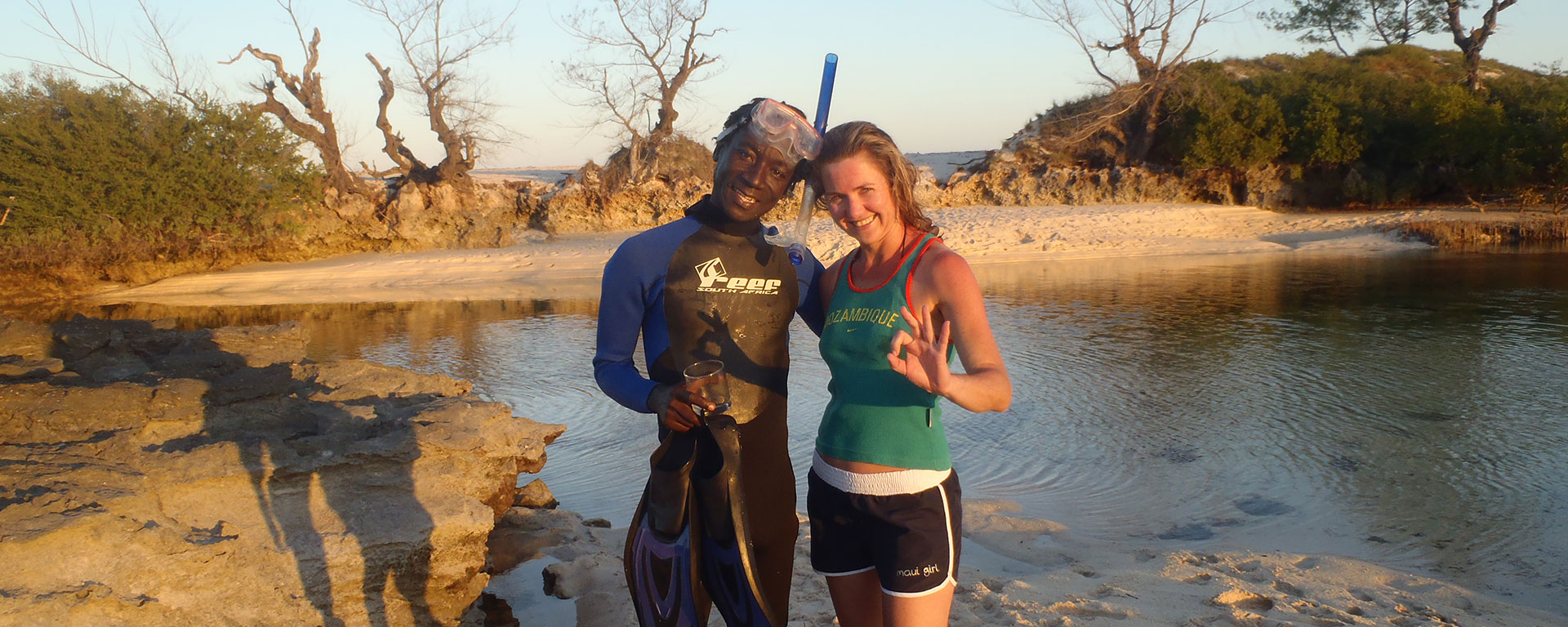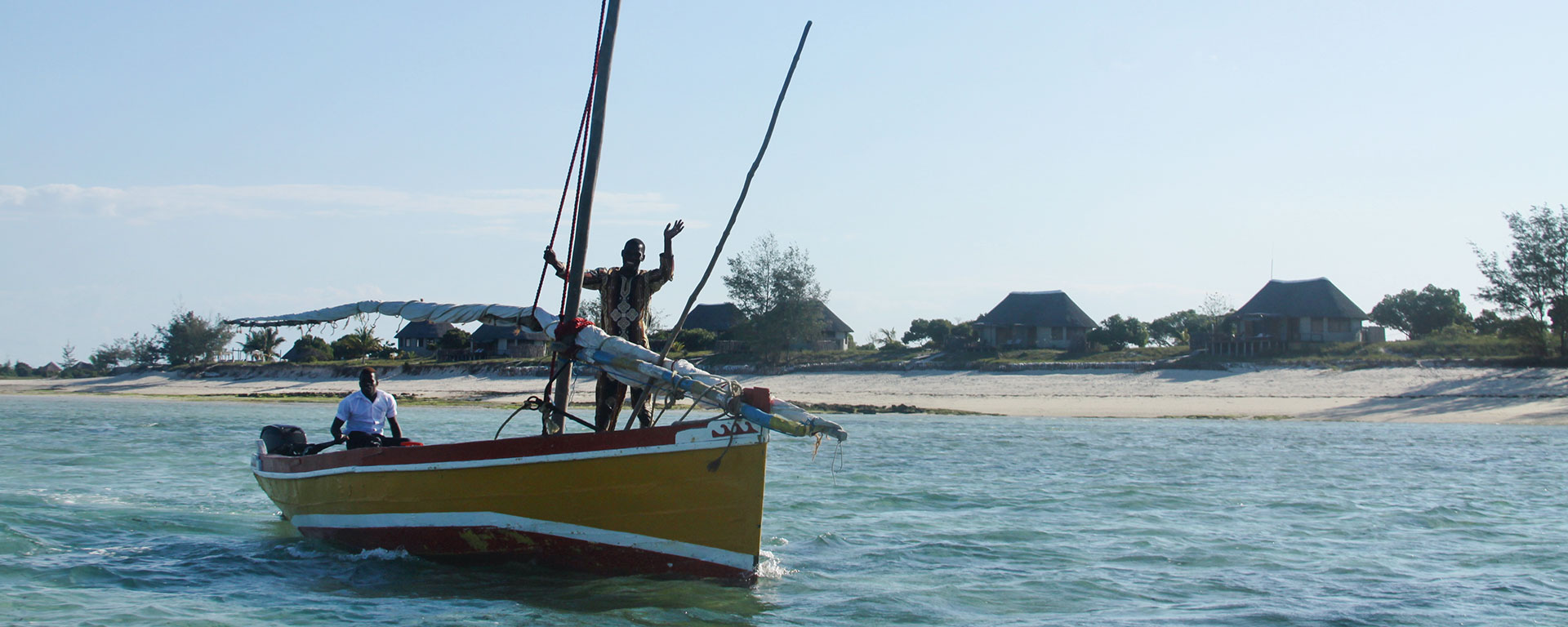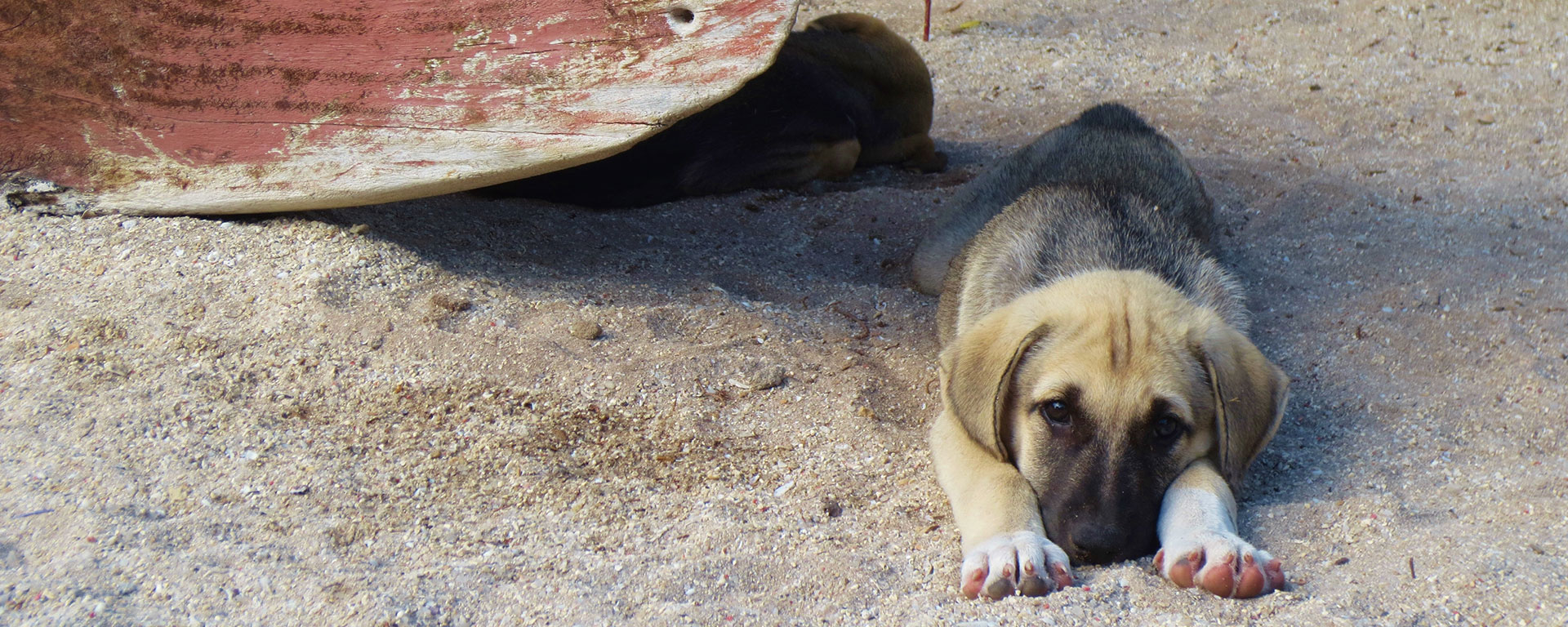Ilha de Mozambique is a captivating island located off the northern coast of Mozambique—a breathtaking stretch of warm waters, swaying palm trees, delectable seafood, and a destination largely untouched by the typical tourist trail. Often compared to Africa’s own version of Cuba, it boasts a tropical climate, an eclectic mix of architectural styles frozen in time, and a unique blend of religions and cultures coexisting harmoniously. Ilha de Mozambique’s natural beauty is only now emerging from decades of seclusion.
This enchanting destination offers a wealth of experiences, including:
- Explore historic forts, cathedrals, and mansions dating back to the 17th-century Portuguese colonization era.
- Tour Makuti Town, a fascinating place where locals live below sea level.
- Savor Mozambique’s surprisingly diverse and flavorful local cuisine, featuring incredible seafood, piri piri chicken, and irresistible fresh-baked bread.
- Snorkel through mangroves—a perfect introduction for beginners.
- Go whale watching during the season aboard a traditional dhow.
- Swim off a deserted island and enjoy a relaxing picnic on the pristine beach.
- Purchase handcrafted local jewelry, created from antique silver, fragments of aged pottery, and colorful remnants of old stained glass windows.
- Experience the thrill of being among the select few fortunate enough to uncover this extraordinary destination.
- Marvel at towering inselbergs that rise dramatically from the flat, surrounding terrain.
Once you arrive in Johannesburg, South Africa, take a short-haul flight to Nampula, the regional hub in northern Mozambique. Nampula International is a small yet charming example of the retro-style airports built across Africa during the 1950s, 60s, and 70s.
ilha-de-mozambique-town-tour
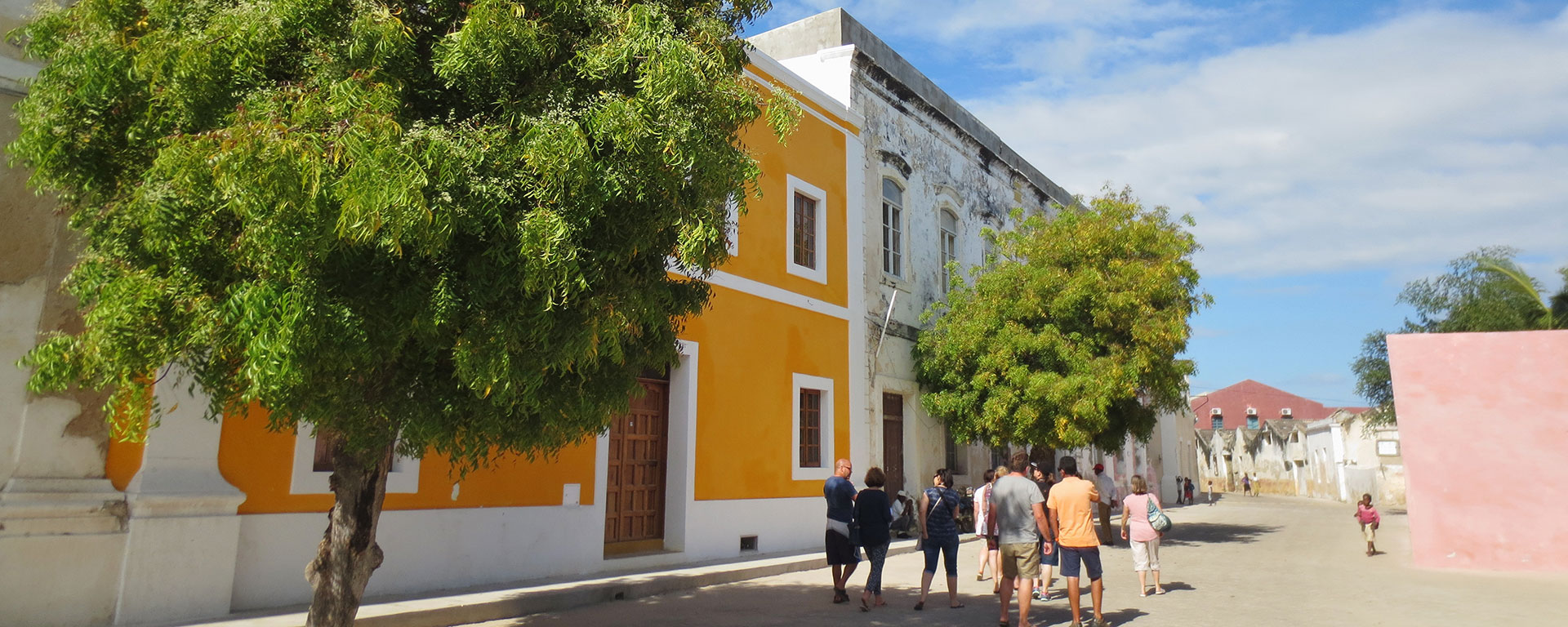
After breakfast, set out to explore Stone Town and Makuti Town before the midday heat sets in. Upon arriving at the airport, a driver will meet you for the three-hour drive to Ilha de Mozambique. The roads are in excellent condition, and along the way, you’ll pass through numerous small villages where locals sell roasted peanuts, traditionally harvested sea salt, barbecued chicken, and fresh cashews from roadside stalls.
As you approach the island, both during your flight and the drive, keep an eye out for the massive and breathtaking inselbergs—enormous granite formations that rise dramatically from the flat landscape.
Eventually, you’ll arrive at the long bridge connecting mainland Mozambique to Ilha. Originally built during a time when vehicle traffic was rare, the bridge is a single lane, but courteous drivers pull over to let one another pass. It’s reminiscent of the bridges in Key West, Florida, leading to the same paradisiacal vibe at the journey’s end.
ilha-de-mozambique-villa-sands-beach-bar
The beach bar at Villa Sands offers a stunning view of the Indian Ocean—the ideal spot on Ilha to toast the sunset.
For the ultimate experience, I recommend splitting your stay between Ilha de Mozambique itself and a beach lodge on the mainland coast. This way, you’ll experience the best of both worlds.
After a flight and a long drive, settling into Villa Sands in the Old Town area of Ilha is a treat. This boutique hotel, housed in what was once a colonial warehouse right on the beach, offers a unique and memorable stay. The interiors feature a distinctive mix of antique mirrors, mid-century modern classics, and traditional Portuguese-colonial furniture, creating a stylishly eclectic atmosphere. The vibe is relaxed, and the beach bar is the perfect place to unwind with a late afternoon sundowner.
ilha-de-mozambique-villa-sands-rooftop
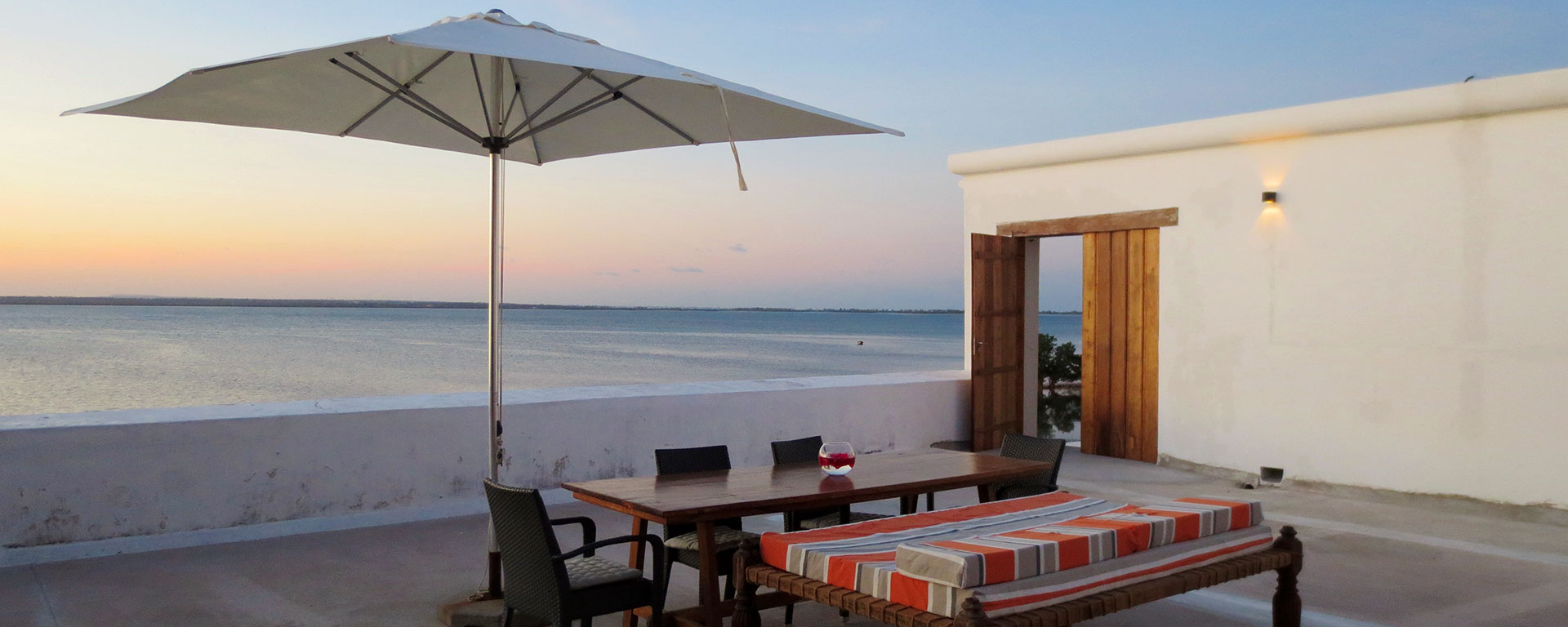
The rooftop at Villa Sands offers sweeping sunset views. To the right is the hotel’s best room, which includes a private terrace with a very comfortable daybed—perfect for unwinding at the end of the day.
I highly recommend staying in the sea-facing rooms on the roof of Villa Sands. They are the most spacious, private, and boast the best views by far, offering a beautiful panorama of the beach and the sparkling Indian Ocean.
ilha-de-mozambique-villa-sands-dhow
A traditional dhow sails lazily past the beach bar at Villa Sands—a picturesque scene accentuated by the charmingly patched sails.
The next morning, after your first 2M (the local beer, pronounced ‘duerj-M’) and the unforgettable fish dinner from the previous night, head down to the beach terrace for breakfast. Watch the dhows setting off for the day and Ilha’s playful dogs engaging in a game of hide-and-seek on the beach. For those with energy to spare, stand-up paddleboarding on the glassy waters offers a perfect way to start the day.
ilha-de-mozambique-villa-sands-sup
The owner of Villa Sands takes his stand-up paddleboard out just before breakfast as the rising sun bathes the sky in soft, cotton-candy hues.
Villa Sands is a social hub for anyone and everyone on Ilha—locals, tourists, cruise ship passengers, and travelers alike. It’s a fantastic place to connect with fellow visitors and gain insights into life on the island.
After exploring Ilha and staying at Villa Sands, take a 40-minute dhow ride back to the mainland to check into Coral Lodge. This secluded retreat offers spacious suites dotted along a stretch of sandy beach that leads to the rocky shallows of the Indian Ocean. Upon arrival by traditional dhow, you’ll be greeted with refreshing drinks, warm smiles, and impeccable service.
ilha-de-mozambique-coral-lodge-private-deck
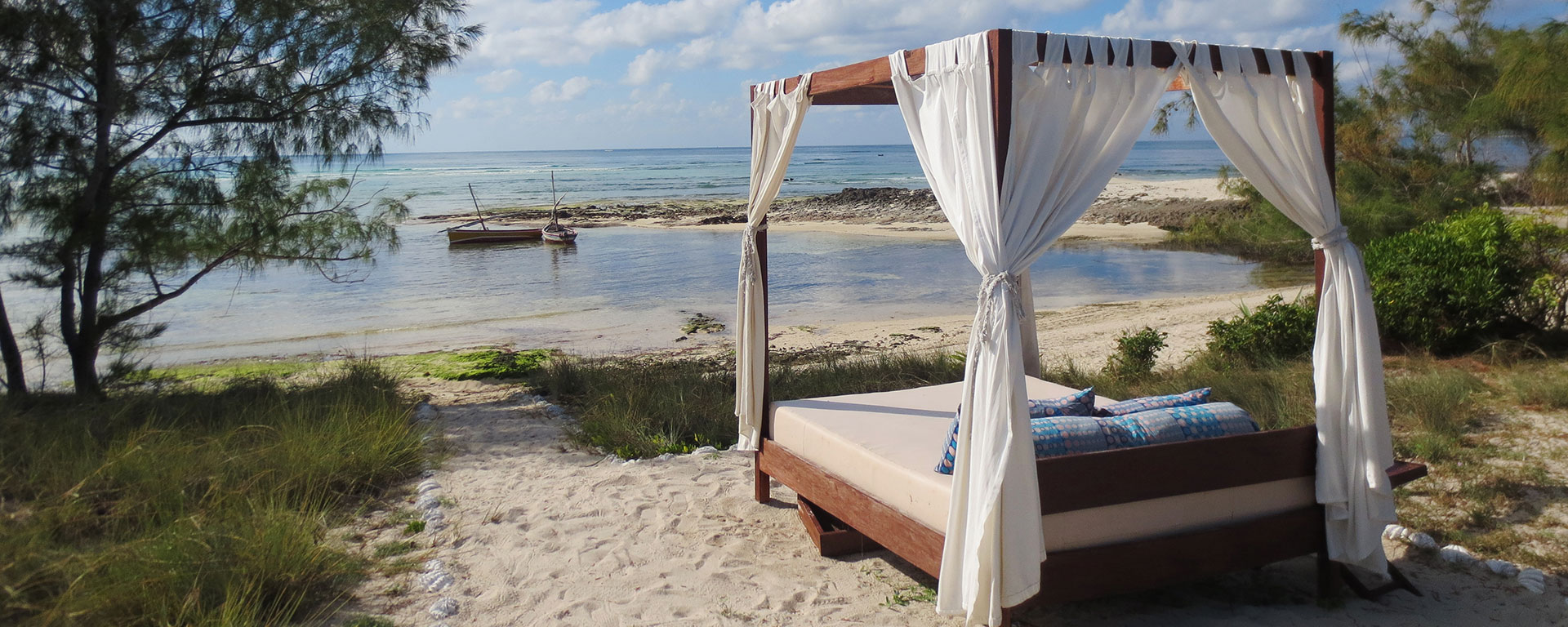
Each suite features a private deck, which is an ideal spot to sunbathe, read, or indulge in a relaxing head, foot, or shoulder massage.
The rooms at Coral Lodge are divided between ocean-facing rooms that benefit from a steady, cooling breeze, and mangrove-facing rooms that are closer to the pool, bar, and dining areas. Wooden walkways connect all areas of this relaxed beach lodge, ensuring ease of movement and exploration throughout the property.
ilha-de-mozambique-coral-lodge-daybeds
It will be hard to tear yourself away from one of Coral Lodge’s plush daybeds. Perfect for lazy afternoons, you can easily spend hours relaxing with a drink in hand, taking a dip in the pool, or simply enjoying the calm ocean views. The attentive staff ensures you always have access to a refreshing drink or snack.
Ilha de Mozambique boasts a rich and fascinating history. It was reputedly ruled by Sultan Ali Musa Mbiki when Vasco da Gama passed by in 1498. The name Mozambique is thought to have originated as a contraction of musambiki.
By 1522, the Portuguese had constructed the Chapel of Nossa Senhora de Baluarte, the oldest European-style building in the southern hemisphere. They also built the Fort of São Sebastião (St. Sebastian), which still stands as a testament to the island’s colonial past.
By the 1870s, Ilha de Mozambique was thriving due to its role as a trading hub connecting East Africa and Europe. The island boasted incredible wealth, and its prominence can still be seen today with the largest hospital south of the Sahara — grand, empty, and steeped in history. These relics make Ilha de Mozambique a must-visit destination for history buffs and photographers alike.
A Glimpse into Ilha’s Architecture & Neighborhoods
The island is home to two main areas of historical significance: Stone Town and Makuti Town.
Stone Town
Stone Town is the island’s old and affluent district, constructed with stone and coral from the surrounding area. Its beautiful colonial-style buildings give visitors a glimpse into Ilha’s past. The architecture is an example of ingenuity with local materials, and many of these buildings have remained unchanged, bearing the weight of centuries and salty sea air.
Makuti Town
In contrast, much of Makuti Town lies below sea level. This area was formed by removing rock to build Stone Town, which left portions of the island submerged over time. It is here that you’ll experience local life beyond the tourist areas.
Exploring Makuti Town with a local guide is highly recommended, as they can provide insights into daily life and the history of the area. Unlike other heavily commercialized destinations, Ilha retains its authenticity without the presence of large international fast food chains.
Local Cafés & Dining
While exploring the islands, stop by local cafés like those on the border between Makuti Town and Stone Town for a refreshing drink or snack. Many restaurants primarily operate in Portuguese, so having Meticais, the local currency, on hand is essential. Many establishments do not accept credit cards or U.S. dollars.
When to Visit Ilha de Mozambique
Mozambique offers a tropical climate with sunny days, balmy evenings, and occasional humidity. While the island can be visited year-round, the best time depends on your goals:
Winter Dry Season (June – September)
- Temperature: 18°C – 24°C / 55°F – 75°F
- Ideal for diving and snorkeling thanks to calmer waters and excellent visibility.
- Whales are commonly visible between June and October.
Summer Rainy Season (October – May)
- Temperature: 22°C – 32°C / 72°F – 89°F
- Rain tends to fall in short bursts, usually in the late afternoon, allowing visitors to enjoy mornings exploring the area.
- Birding is at its best from November to February when migratory species visit the island.
Windy Months: February & August
- Strong winds can make swimming and visibility in the ocean more challenging. Those less experienced in the water are better off sticking to the mangroves or pools during these months.
What to Pack
- Sun Protection: Biodegradable, eco-friendly sunscreen, sunglasses, and a hat are essential to combat the strong tropical sun.
- Clothing: Dress in conservative, casual wear. Long shorts, sundresses, T-shirts, and sandals are perfectly acceptable. Full-coverage is encouraged out of respect for local customs.
- Medications: Anti-motion sickness tablets are advisable, especially if you’ll be spending time on boats. Consult your travel clinic beforehand.
- Local Currency: Meticais are vital, as many local spots do not accept credit cards or major currencies.
What to Eat
Mozambique’s cuisine combines Portuguese influences with a distinctive African-Arabian twist. Dining here is an exploration of flavor, with standout dishes such as:
- Piri Piri Chicken: Spicy grilled chicken, cooked over fire and infused with flavorful piri piri sauce.
- Seafood: Freshly caught calamari, lobsters, prawns, and fish are served grilled and are a local specialty.
- Pão (bread): This is not the time for strict diets — Mozambican bread is a must-try.
Don’t miss a taste of 2M, the local beer, which is a refreshing and integral part of any visit.
Exploring Ilha’s Culture & Traditions
Local life offers a blend of history, community traditions, and serene experiences. Nearby villages like Bairro de Cabaceira Pequena are fascinating cultural hubs. Visitors can learn about traditional dhow construction, visit local homes, and witness traditional customs, such as making pão de água (a type of water bread).
Water activities are an integral part of visiting Ilha, from peaceful dhow rides to snorkeling adventures through the mangroves, where marine life like clownfish, crabs, and Spanish dancers can be found.
Tips for Visiting Ilha de Mozambique
Here are a few tips to make your trip smooth and culturally sensitive:
- Currency: Have Meticais on hand; credit cards aren’t widely accepted.
- Photography: Always ask permission before photographing locals or their homes, particularly children.
- Learn a few Portuguese phrases: Bom dia = Good morning, obrigado = Thank you.
- Pack supplies: Bring adequate medication or toiletries as local supplies are limited.
- Tipping: Tipping is a kind gesture, as many Mozambicans support extended families.
Embrace the slow pace of life. Ilha isn’t about luxury or technology; it’s about immersing yourself in history, local customs, nature, and simplicity.
Plan Your Stay
Spending four nights at Coral Lodge on the mainland coast is recommended to experience both relaxation and exploration. The lodge offers a great balance of activities, beautiful accommodations, and a quiet escape from the bustling life of the main island. Ilha itself is small enough to explore in a single day, but you’ll want a few days to soak in its history, charm, and local culture.
Whether you want to explore local history, indulge in local food, or experience quiet ocean views, Ilha de Mozambique promises history, culture, and serenity for any type of traveler.



